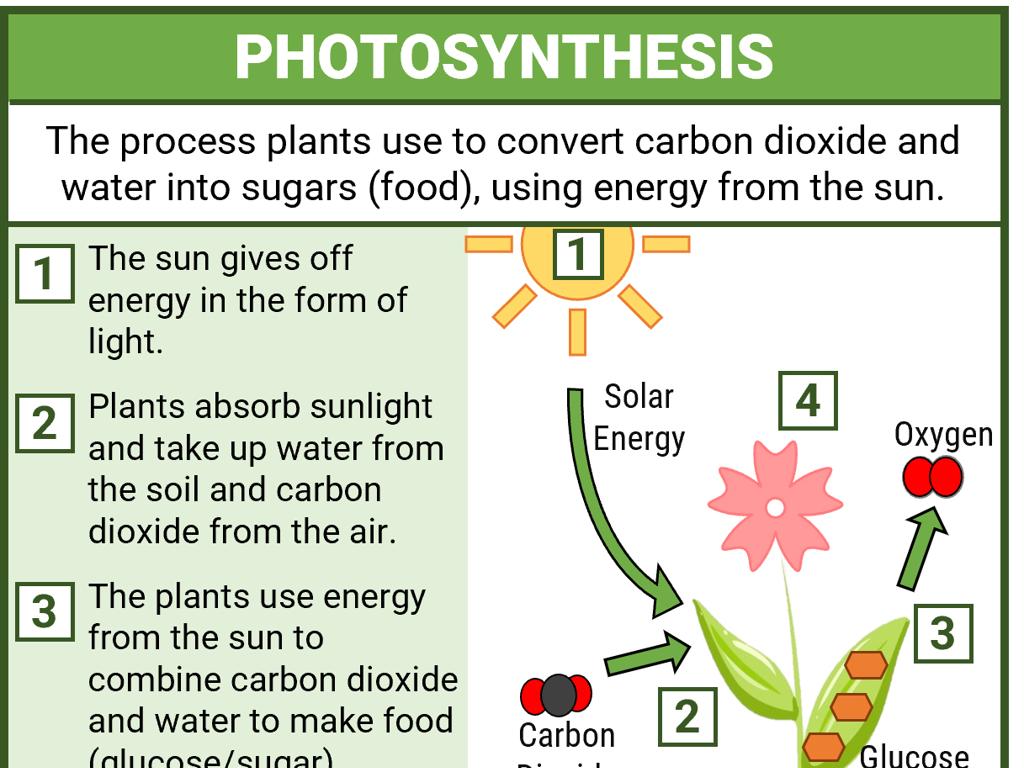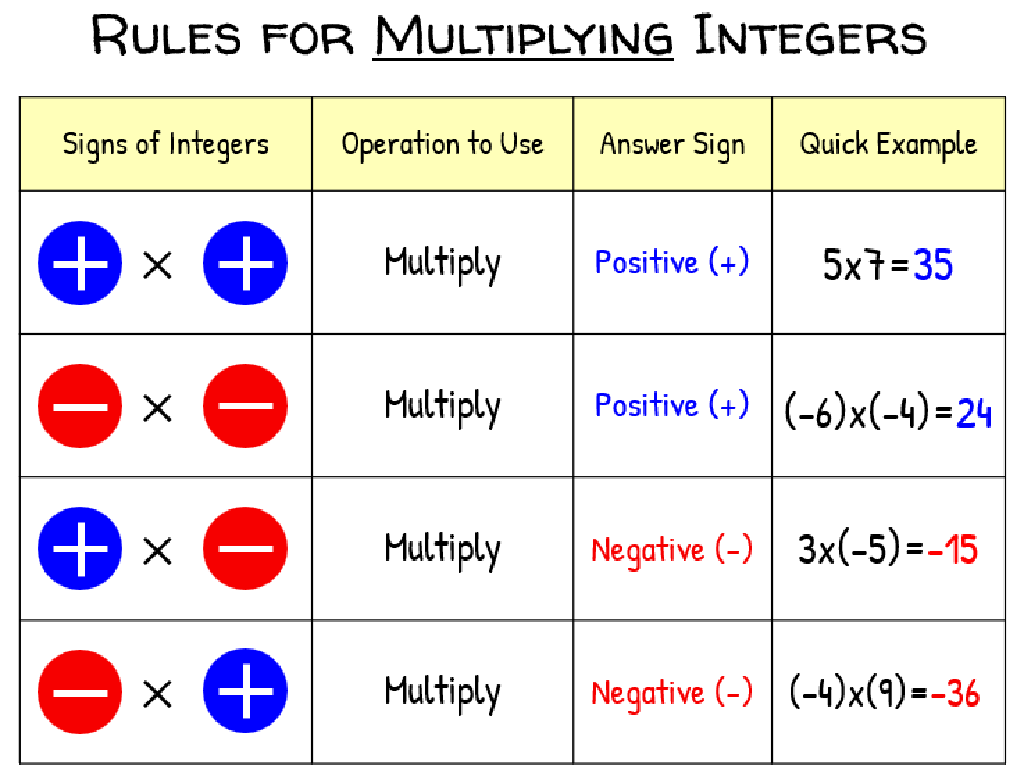Subject-Verb Agreement
Subject: Language arts
Grade: Fourth grade
Topic: Verb Types
Please LOG IN to download the presentation. Access is available to registered users only.
View More Content
Subject-Verb Agreement
– Matching subjects with verbs
– Every sentence needs a subject (who or what) and a verb (action). They must agree in number.
– Why it’s important for sentences
– If the subject is singular, the verb must be singular too. If the subject is plural, so is the verb.
– Quick verb review
– A verb is an action word like run, jump, or think.
– Class activity: Find the match
– We’ll work together to correct sentences on the board.
|
This slide introduces the concept of subject-verb agreement, which is crucial for constructing grammatically correct sentences. Start by explaining that every sentence needs a subject and a verb, and they must agree in number (singular or plural). Emphasize the importance of this agreement to make sentences clear and understandable. Review what a verb is by giving examples and asking students to identify verbs in sentences. For the class activity, prepare sentences with both correct and incorrect subject-verb agreements and have students identify and correct the errors. This will help reinforce the day’s lesson and give students practical experience with the concept.
Mastering Subject-Verb Agreement
– Subject-verb agreement explained
– Both the subject and verb must match in number
– Singular subjects and verbs
– He runs, she jumps, it flies – each subject is singular, so the verb is too
– Plural subjects and verbs
– They run, we jump, birds fly – ‘they’, ‘we’, and ‘birds’ are plural, so the verbs are too
– Practice makes perfect
|
This slide introduces the concept of subject-verb agreement, which is a cornerstone of proper grammar in English. It’s essential for students to understand that verbs must match their subjects in number, meaning if a subject is singular, the verb must also be singular, and the same for plural. Use examples to illustrate this point, such as ‘The cat (singular subject) purrs (singular verb)’ versus ‘The cats (plural subject) purr (plural verb)’. Encourage students to practice by writing their own sentences and identifying whether the subjects and verbs agree. Provide additional exercises where students can correct sentences with subject-verb agreement errors.
Singular vs. Plural Subjects
– Singular: One entity
– Refers to a single person, place, thing, or idea.
– Plural: Multiple entities
– Refers to more than one person, place, thing, or idea.
– Example: ‘The dog barks.’
– Singular subject paired with a singular verb.
– Example: ‘The dogs bark.’
– Plural subject paired with a plural verb.
|
This slide introduces the concept of subject-verb agreement, focusing on the difference between singular and plural subjects. A singular subject, which refers to one person, place, thing, or idea, must be paired with a singular verb. Conversely, a plural subject, indicating more than one entity, must agree with a plural verb. Use examples like ‘The dog barks’ versus ‘The dogs bark’ to illustrate this point. Encourage students to identify the subject in a sentence and decide if it is singular or plural, then choose the correct form of the verb to match. Provide additional examples and practice sentences to reinforce this concept.
Matching Subjects with Verbs
– Finding the sentence subject
– Look for the main noun or pronoun in a sentence
– Matching verb to the subject
– Ensure the verb agrees in number with the subject
– Practice with example sentences
– ‘She (run/runs) fast.’ Which is correct?
– Class activity: Subject-verb agreement
|
This slide introduces the concept of subject-verb agreement, which is crucial for constructing grammatically correct sentences. Start by explaining how to find the subject of a sentence, which is usually the person, place, thing, or idea that is ‘doing’ the action. Then, demonstrate how the verb must match the subject in number (singular or plural). Use the example ‘She (run/runs) fast.’ to illustrate this point. For the class activity, provide sentences with blanks for verbs and have students fill them in with the correct form to match the subjects. Offer guidance and feedback as they work through the examples.
Exceptions in Subject-Verb Agreement
– Interruptions between subject and verb
– Sometimes, words like ‘with’ or ‘as well as’ don’t change the verb.
– Rules for compound subjects
– When two subjects are joined by ‘and’, use a plural verb.
– Irregular verbs and unusual subjects
– Some subjects like ‘everyone’ seem plural but take a singular verb.
– Practice identifying correct agreement
|
This slide addresses the more complex aspects of subject-verb agreement, focusing on exceptions to the general rules. Students should learn that intervening phrases or clauses between the subject and verb do not affect the verb form. For compound subjects, the verb should agree with the ‘combined’ subject. However, when subjects are connected by ‘or’ or ‘nor’, the verb agrees with the closer subject. Highlight irregular verbs and subjects that appear plural but are actually singular, such as ‘everyone’, ‘each’, ‘nobody’, etc. Provide examples and create exercises where students can practice identifying and correcting errors in subject-verb agreement, considering these exceptions.
Let’s Practice Subject-Verb Agreement!
– Build sentences interactively
– Group activity: Spot and fix errors
– Work together to find mistakes in sentences and correct them
– Individual practice: Write correct sentences
– Create your own sentences ensuring the subject and verb agree
– Understand and apply rules
– Use what we’ve learned to make sure every subject matches its verb
|
This slide is designed to engage students in an interactive learning experience focused on subject-verb agreement. Begin with a collaborative sentence-building exercise where students can suggest subjects and verbs to create sentences together. Move on to a group activity where students are given sentences with subject-verb agreement errors to identify and correct as a team. For individual practice, ask students to write their own sentences that demonstrate correct subject-verb agreement. This activity reinforces the rules of subject-verb agreement and allows students to apply them in a practical way. Provide guidance and examples as needed, and encourage students to explain their thought process during the group activity for a deeper understanding.
Class Activity: Subject-Verb Agreement Game
– Split into small groups
– Each group gets a game board
– Game boards have sentences with errors
– Correct sentences to earn points
– Find and fix subject-verb agreement mistakes
– Team with most points wins
|
This interactive class activity is designed to reinforce the concept of subject-verb agreement. Divide the class into small groups to encourage teamwork. Each group will receive a game board filled with sentences that contain subject-verb agreement errors. The task for each group is to identify and correct these errors to win points. The team that accumulates the most points by the end of the game wins. This activity will help students apply their knowledge of subject-verb agreement in a fun and engaging way. Possible variations of the game could include timed rounds, bonus challenge questions, or sentences related to current class topics.
Wrapping Up: Subject-Verb Agreement
– Review of subject-verb agreement
– We learned that subjects and verbs must agree in number.
– Practice makes perfect
– Regular practice helps us remember the rules.
– Homework: Worksheet completion
– Finish the provided worksheet on matching subjects with correct verb forms.
– Share your progress next class
|
As we conclude today’s lesson, remind students of the key points about subject-verb agreement. Emphasize the importance of consistent practice to internalize the rules. For homework, students are to complete a worksheet that reinforces today’s lesson, which will help them to apply what they’ve learned in a practical context. Encourage them to bring any questions they have to the next class after attempting the worksheet. This will help you gauge their understanding and provide additional support where needed.






